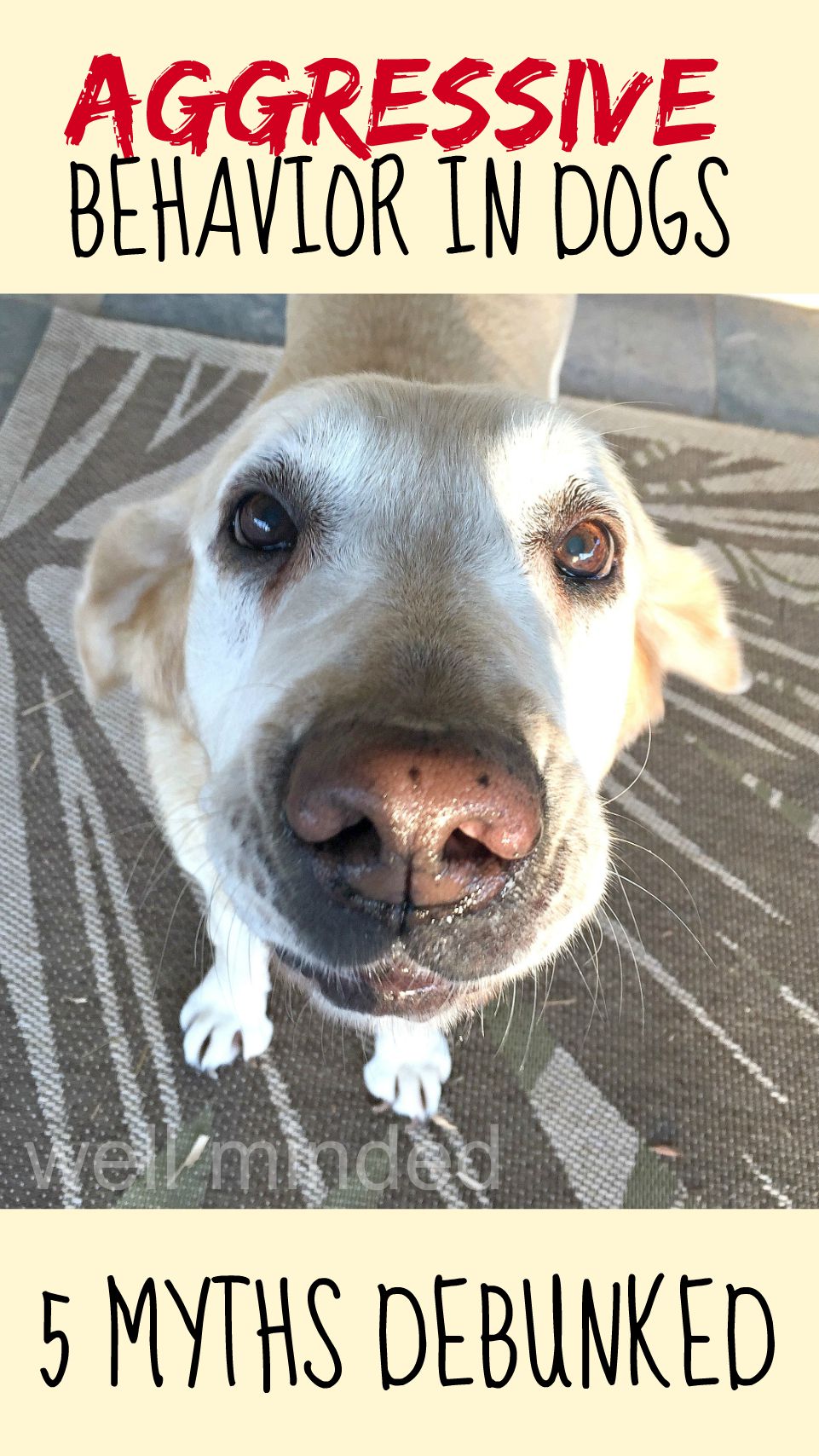Running free...romping...picture it in slow motion: tongue flapping in the wind, ears bouncing up and down, and that joyful look on your dog's face. Lovely, isn't it? Maybe. Maybe not.
When is it okay to let your dog off-leash? wellmindedpets.com
when is it okay to let your dog off-leash?
In my professional opinion, it is okay to let your dog off-leash in public at two–and only two–times.
1. When you are in a place where it is legal and appropriate to do so and you have 100% complete proven verbal control of your dog. Meaning, if there was a steak dinner, a thrown frisbee, or a tempting playmate, your dog would not go toward it without your permission. He never fails to obey your command. Ever.
2. When you are in a place where off-leash dogs are expected and encouraged. A dog park for example. Or a dog beach.
Period. End of story.
let me tell you why
As you probably already know, I am a professional pet sitter and dog walker. I walk all kinds of dogs, and I see other people walking all kinds of dogs. When I am walking a client's dog, I have rules.
• I do not allow my client's dog to socialize with other dogs. You just never know, and I don't ever want harm to come to a dog in my care.
• We never go off-leash, and we don't go to off-leash places. I'll take your dog hiking, jogging, or to the park, but we're going on a leash. I do not have 100% complete verbal control of your dog, so attached to me he stays.
• I avoid off-leash dogs like the plague. Their owners almost never have verbal control of them, so I keep my distance.
This week I had two dog walking experiences, one positive and one negative. Ironically, I was walking the same dog, Thor*. This is a dog I regularly walk. I have great leash control of him, and if he gets excited about a passing bunny or kid on a bike, I make him sit until the enticement has passed. He listens to me, and we walk well together. I am extra careful with him because when I was first hired to walk him, his owner let me know that he was dog-aggressive, meaning he might harm another dog if contact is made. When I walk this particular dog, I am extremely careful to keep my head up, be aware of my surroundings, and keep control of him.
the wrong way
The other morning, I took Thor to an open grassy area in the neighborhood in which he lives. Though he was on his leash, the large, open space gave us a chance to romp and play rather than just walk up and down the sidewalk. About twenty yards away, I heard a car pull up. A lady got out, and I didn't think much of it, but then she opened one of the back doors, and three Labs popped out, none of them leashed. All three ran toward us. I immediately made Thor sit, but the rush of canine coming toward us was too much for him to sustain the position. I yelled "NO! NO! NO!" but the dogs wouldn't stop. I yelled at the lady: "He's not friendly!" She tried to call her dogs back and they sort-of listened, but then just ignored her. I screamed at her "GET CONTROL OF YOUR DOGS RIGHT NOW!" All the while, trying to move us in the opposite direction.
We escaped unscathed, but talk about a frightening adrenaline rush.
That lady did not have control of her dogs. Thor could have fought with one or all of them, and any one of the four dogs could have been injured or killed. I could have been injured in the middle of it. The whole situation was a mess. She was in an area where it is not permitted to have dogs off-leash, and we weren't expecting it. I still get angry just thinking about it. It was completely irresponsible of her to create that situation.
Even if your dog is friendly, not every dog is. It is not okay to allow your dog to approach another dog without permission. And that leads me to the positive experience I had this week...
the right way
Just a couple of days later, Thor and I were walking down the sidewalk (avoiding the nice open grassy area) and I noticed a man with a dog on a leash walking in the opposite direction toward us. I crossed the street to put some distance between us as we passed, and I made Thor sit while they passed. The gentleman stopped directly across the street from us and asked "is your dog friendly?"
I replied "I'm sorry, he's not friendly with other dogs. Thank you so much for asking."
He nodded his head in an understanding way, and we both went on with our peaceful walks. Faith in humanity partially restored.
when in doubt, pull the leash out
Allowing your dog to be off-leash is risky. It's risky for your dog, for you, and for others. If your dog wants to romp free, find a place where others expect dogs to be off-leash. No matter how well you know your own dog, you don't know that dog you may encounter. A little bit of freedom isn't worth the potential price.
* names have been changed in the interest of privacy
RELATED















